 Safaris
Bergsteigen
Wandern
Inselwandern Weltweit
Safaris
Bergsteigen
Wandern
Inselwandern Weltweit
 Europa
Inselwandern
Europa
Inselwandern
 Städtewandern
Städtewandern
 Paintings
Paintings Dirk Rauschenbach
Dirk Rauschenbach
 Safaris
Bergsteigen
Wandern
Inselwandern Weltweit
Safaris
Bergsteigen
Wandern
Inselwandern Weltweit
|
 Europa
Inselwandern
Europa
Inselwandern
|
 Städtewandern
Städtewandern
|
 Paintings
Paintings |
 Dirk Rauschenbach
Dirk Rauschenbach
|
|
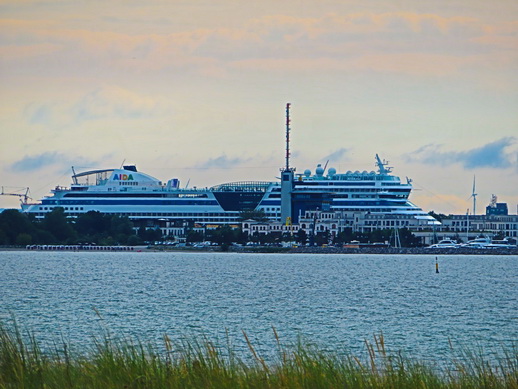 |
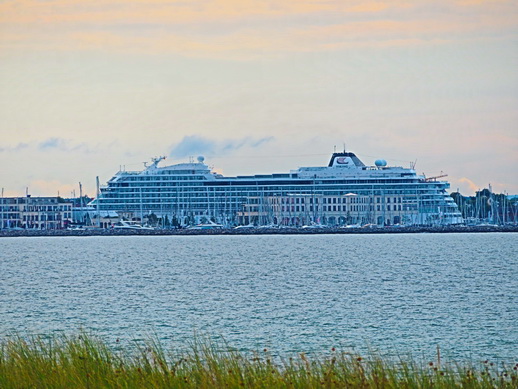 |
| warnemuendeduenenblick am Meer Aida Diva im Hafen Rostock | warnemuendeduenenblick am Meer Marktgrafenheide #DivaamMeer#' |
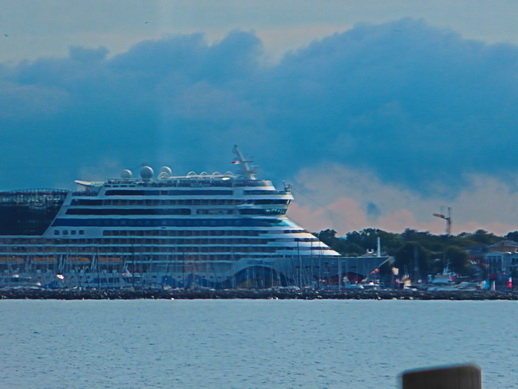 |
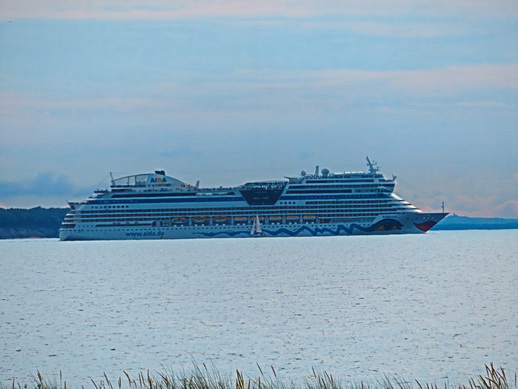 |
| warnemuendeduenenblick am Meer Aida Diva im Hafen Rostock | warnemuendeduenenblick am Meer Marktgrafenheide |
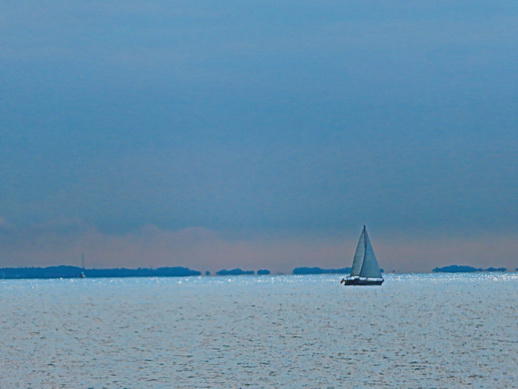 |
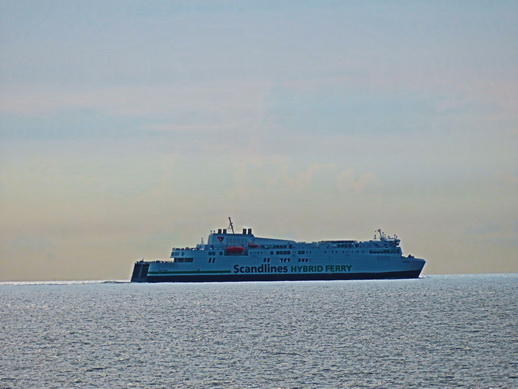 |
| warnemuendeduenenblick am Meer | warnemuendeduenenblick am Meer Scandic Line Hybrid Ferry |
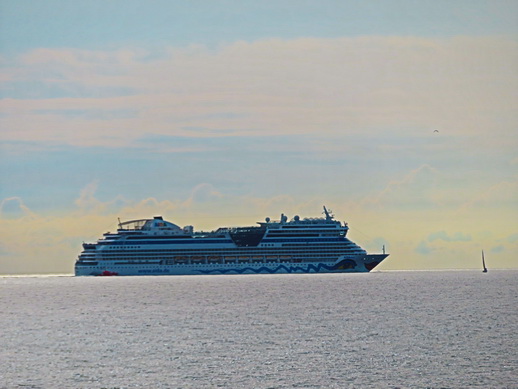 |
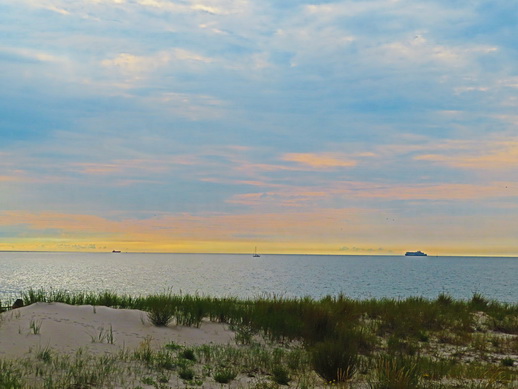 |
| warnemuendeduenenblick am Meer | warnemuendeduenenblick am Meer Marktgrafenheide |
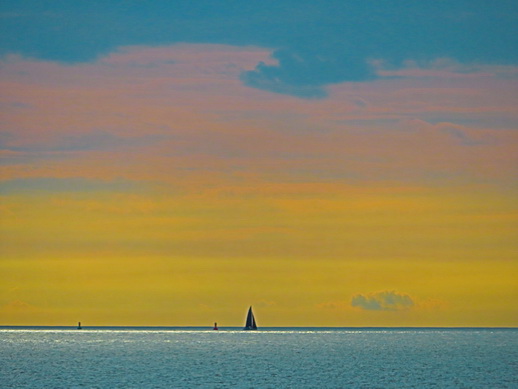 |
 |
| warnemuendeduenenblick am Meer | warnemuendeduenenblick am Meer Marktgrafenheide |
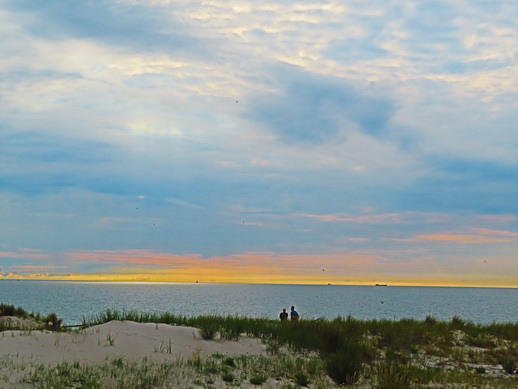 |
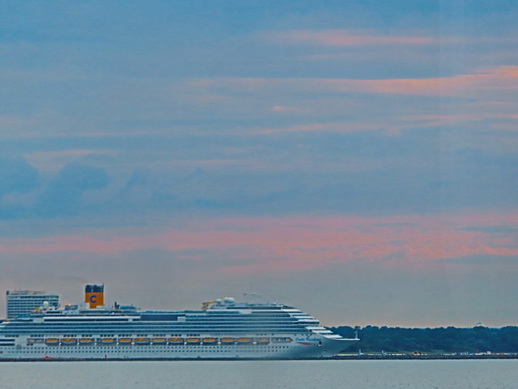 |
| warnemuendeduenenblick am Meer | warnemuendeduenenblick am Meer Marktgrafenheide Costa zieht raus |
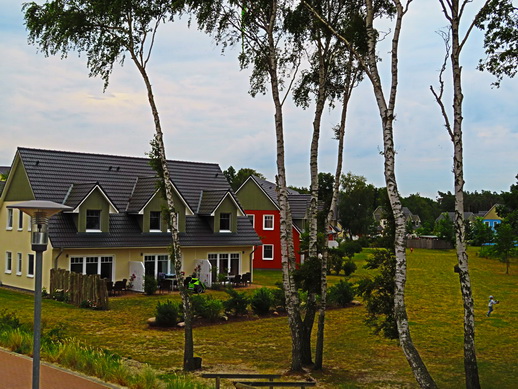 |
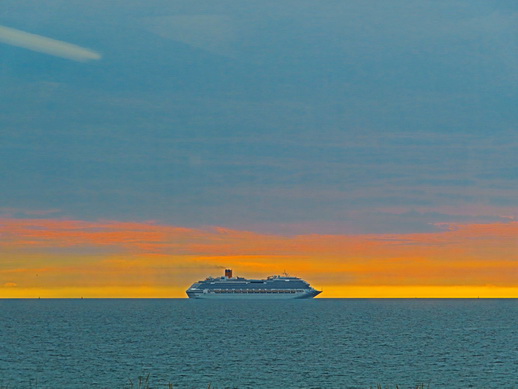 |
| warnemuendeduenenblick am Meer Ferienhäuser hinter der Düne | warnemuendeduenenblick am Meer Marktgrafenheide Costa |
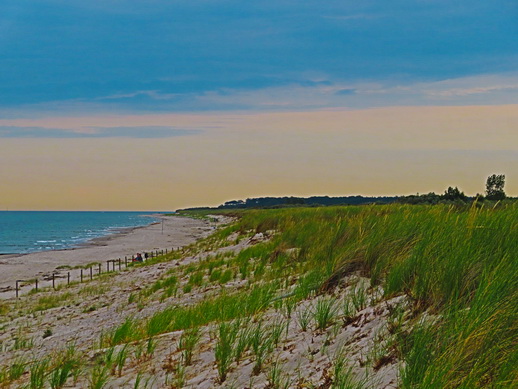 |
 |
| warnemuendeduenenblick am Meer | warnemuendeduenenblick am Meer Marktgrafenheide |
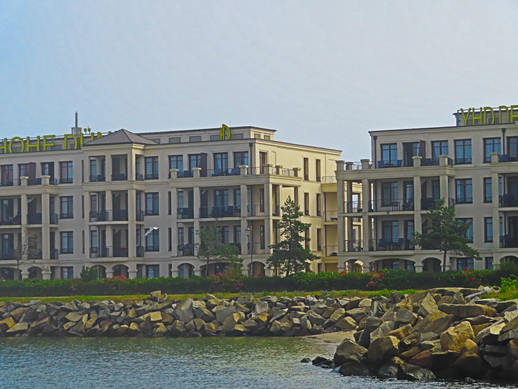 |
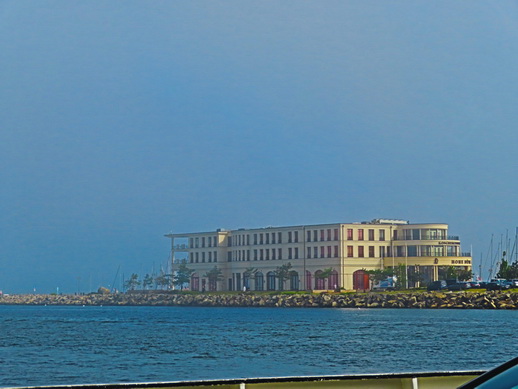 |
| warnemuendeduenenblick am Meer | warnemuendeduenenblick am Meer Marktgrafenheide |
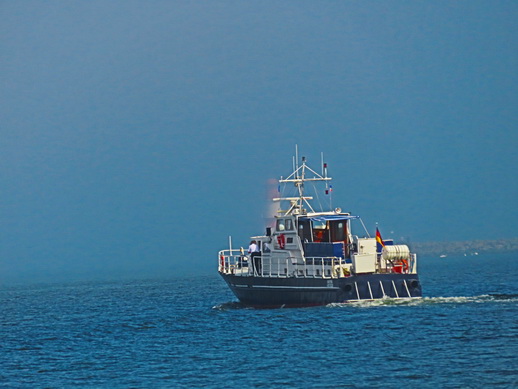 |
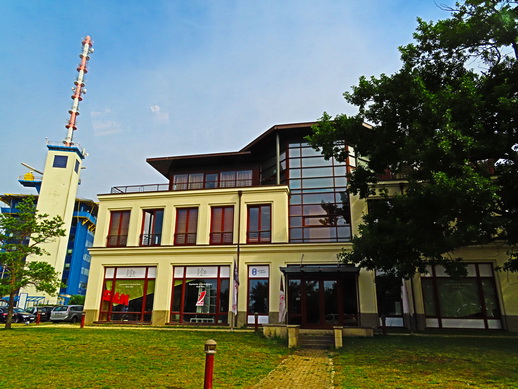 |
| warnemuendeduenenblick am Meer Marktgrafenheide Rostock Warnemünde Hotel Neptun , Restaurant Teepott Leuchttürm Hohe Dünen | warnemuendeduenenblick am Meer Marktgrafenheide |
|
The Scandic Line Hybrid Ferry is a modern, environmentally friendly ferry operated by Scandic Line. Scandic Line is a well-known ferry operator in the Baltic Sea region, providing transport services, including passenger and freight ferries, connecting key destinations such as Germany and Sweden. A hybrid ferry typically refers to a ship that uses a combination of traditional fuel (such as diesel) and electricity to reduce emissions and make the vessel more eco-friendly. This hybrid technology helps decrease the carbon footprint of maritime transport while still offering the convenience of traditional shipping services. Key Features of a Scandic Line Hybrid Ferry:
Benefits of Hybrid Ferries:
Conclusion:The Scandic Line Hybrid Ferry is an innovative step towards greener maritime transport in the Baltic Sea. By combining traditional fuel with electric power, these ferries reduce their environmental impact while still providing a comfortable and efficient service for both passengers and freight. This development aligns with the growing trend toward sustainability in the shipping industry, helping to protect the natural beauty of the Baltic Sea. |
![]() 26.07.25 Copyright Dirk
Rauschenbach Koelnerstrasse 293 51702 Bergneustadt
Datenschutzerklaerung 02261 9788972 Mail ccooly(
at) web.de
26.07.25 Copyright Dirk
Rauschenbach Koelnerstrasse 293 51702 Bergneustadt
Datenschutzerklaerung 02261 9788972 Mail ccooly(
at) web.de